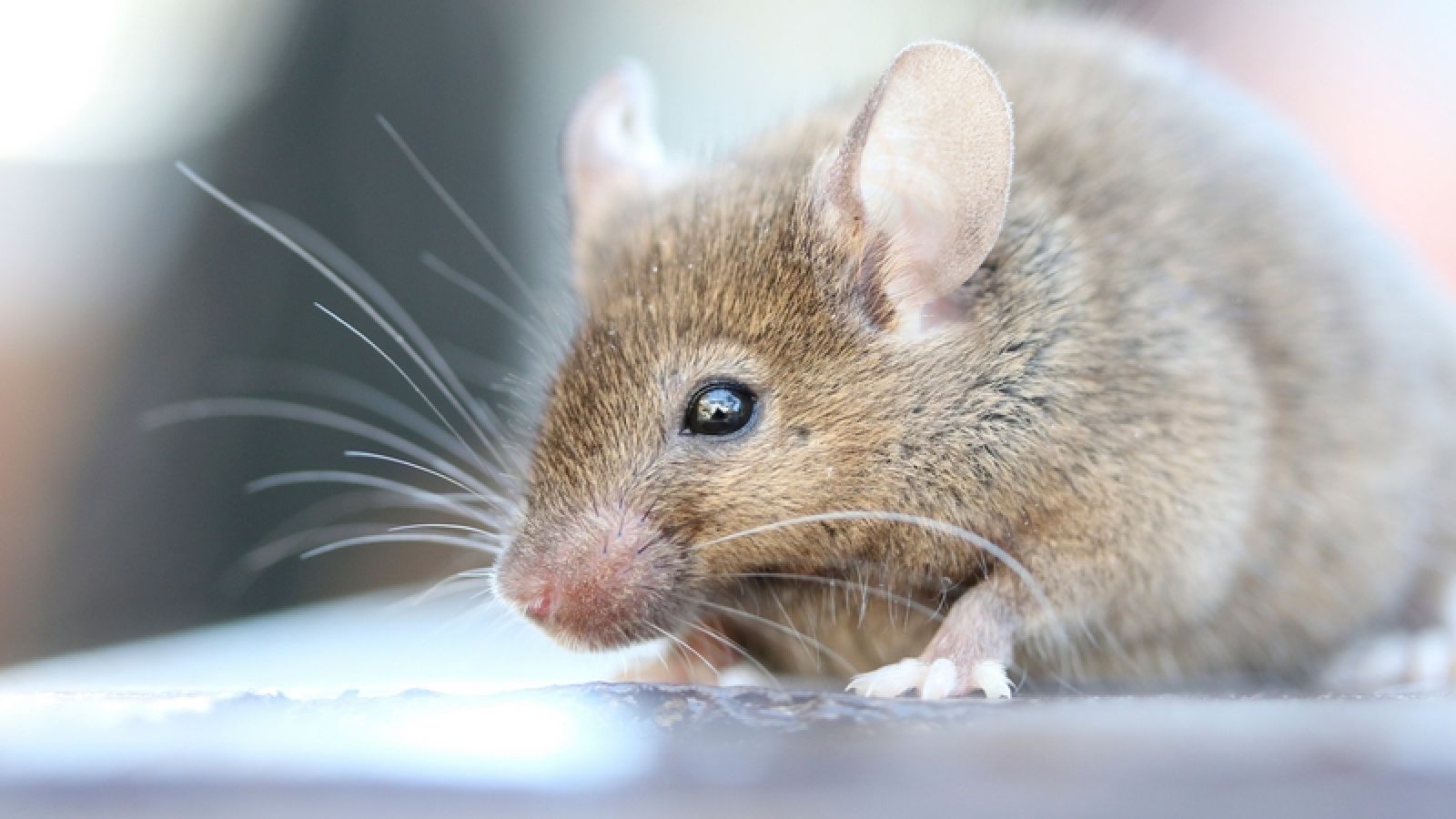
In defence of animal testing
Tom Holder, Head of External Communications, UAR
(First published in the METRO online: https://metro.co.uk/2018/09/11/in-defence-of-animal-testing-7928237/)
Last year, there were 3.79 million procedures carried out on animals in the name of science in Great Britain.
It sounds like a huge number – and a hard one to contextualise, but let me try.
There are around 360,000 new cases of cancer in the UK each year. Around 944,000 people currently live with dementia. Over 4 million people have diabetes in the UK. Around 7 million people are living with cardiovascular disease. And an estimated 17.8 million people – about one in four people – live with a musculoskeletal condition such as osteoporosis or osteoarthritis.
Patients benefit from research, past and present, aimed at understanding and treating diseases. Such research has made it possible for many people to live with, rather than die from, their illness.
Consider that in the last 40 years, 10 year cancer survival rates have doubled and HIV/AIDS has become a manageable condition rather than a death sentence.
Hundreds of thousands of people with diabetes owe their life to insulin – discovered in dogs, isolated in cows, grown in pigs (until the development of synthetic insulin) and used to treat people (and dogs and cats too).
Animal studies allowed the development of the heart-lung machine, which made it possible to conduct many otherwise-impossible heart surgeries.
But it’s not just treatment that’s important – it’s prevention too.
The Human Papillomavirus vaccine is a game-changer, with HPV infections (a leading cause of cervical cancer) down 86% in 16-21 year olds since the HPV vaccine was introduced.
Like most human diseases, HPV has equivalents in other species, and the first step for developing the HPV vaccine was to treat the Canine Oral Papillomavirus (dogs), Bovine Papillomavirus (cows) and Cottontail Rabbit Papillomavirus (rabbits), followed by further studies in mice and monkeys.
Does animal research offer a sure fire way to cure all diseases? No. But it does play an essential part in improving our understanding of human illnesses, even when a cure is not imminent.
Along with human studies, cell studies, computer simulations, and many other methods, animal research allows us to ask specific questions about the living body in disease and health.
To ban such methods would be akin to asking someone to solve a cryptic crossword without first teaching them how to speak the language.
Before we can treat a disease, we must understand it.
Faults in our genes are a common cause of debilitating conditions, and this is one reason why a significant number of animals (mainly mice and fish) used in research are genetically altered – to help make them more representative of human conditions.
For instance, scientists found that genetically altering a mouse to block the gene that codes for dystrophin (a protein needed for muscle fibre growth), causes it to develop the symptoms of Duchenne Muscular Dystrophy – a fatal muscle wasting disease that affects around one in 5,000 boys and results in death before the age of 30.
Using CRISPR, a gene-editing technique developed in mice, it is possible to correct the faulty gene in mice. A recent breakthrough study has shown the same method can be used to treat dogs. The next stage will be finding out if it works in humans.
We would all welcome a world where animal studies were no longer needed, but that day has not yet come. Computer simulations, organs-on-chips and many other emerging technologies have come a long way, yet these simulations cannot sneeze, they do not get pregnant, they do not feel pain or nausea. They are an important part of the research process, but are not sufficient.
Until such methods become much more sophisticated, animal studies will remain crucial for the development and safety testing of modern medicines. Most of us don’t like to think about animal research, but the reality is that it remains an important part of the science that allows us to live longer, healthier lives.
Is 3.79 million a big number? Maybe, but the benefits it provides are even bigger.
Last edited: 4 April 2022 09:10



